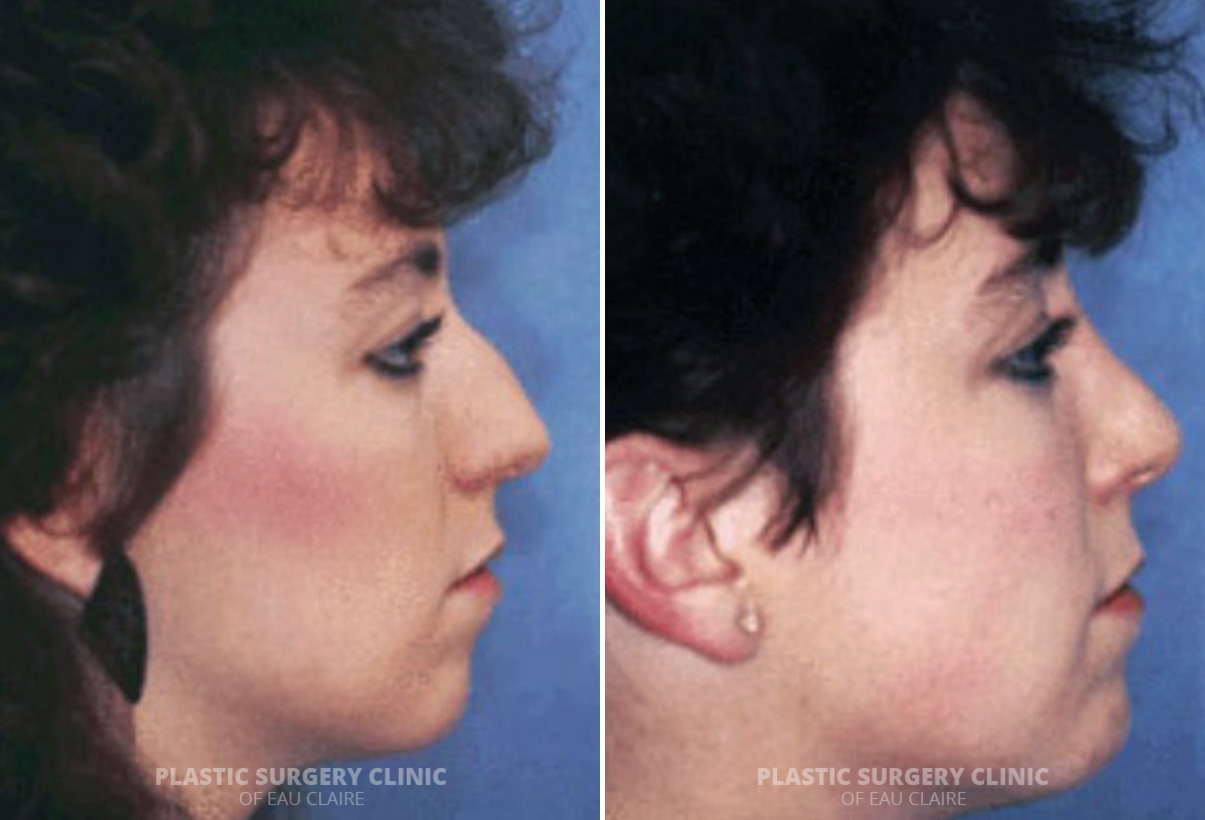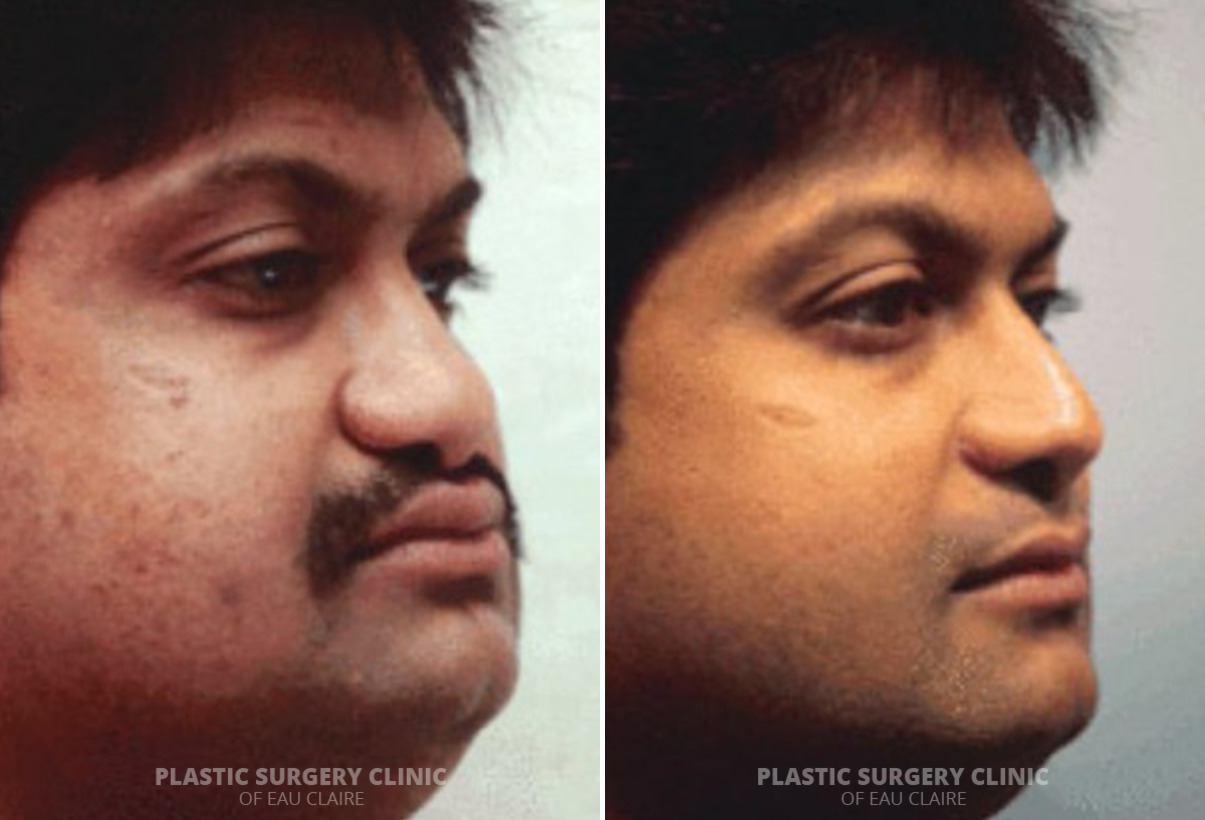If you’re planning on getting your nose done (or if you already have), you may be asking yourself: when can you blow your nose after rhinoplasty? Well, the short answer is 2 weeks after surgery. By that time, it is safe to blow your nose gently. However, depending on the type of procedure that you had, the timeframe can be different.
For more delicate surgeries like septoplasty, you should wait for about 4 weeks before being able to blow your nose safely. For simpler procedures like liquid rhinoplasty, which doesn’t require surgery, you only need to wait for one week as the filler settles down, so you can blow your nose without risk. Keep reading to discover more about what to consider during your recovery.

What Are The Risks of Blowing Your Nose After Rhinoplasty?
Blowing your nose too soon after rhinoplasty can lead to complications, especially for surgical procedures like regular rhinoplasty, revision rhinoplasty, and septoplasty. Risks include disrupting the delicate healing tissues, causing unnecessary bleeding, or worsening swelling, which can displace structures still settling into place. For non-surgical procedures like liquid rhinoplasty, the risks are typically cosmetic, such as affecting the even distribution of fillers or mild irritation around the treated area.
Whether surgical or non-surgical, the recovery period is a sensitive time, and blowing your nose prematurely can impact both functionality and appearance. Following your surgeon’s advice on when and how to resume normal nasal activities is essential to avoid setbacks and ensure optimal healing.
How to Clean Your Nose During Rhinoplasty Recovery
Keeping your nose clean in the following days after surgery is an essential part of the rhinoplasty aftercare, and since you cannot blow your nose during the early stages of healing, here’s how to do it safely and effectively:
External Cleaning
Use a soft, damp cloth or sterile gauze to gently wipe the outside of your nose. Avoid applying pressure or using harsh cleaning products, as the skin may be sensitive during the healing process.
Internal Cleaning
Your surgeon may recommend a saline nasal spray or rinse to help clear and keep the nasal passages moist. Be sure to use the product as directed and avoid inserting anything into your nostrils, such as cotton swabs, which could disrupt healing.
Managing Congestion After Rhinoplasty Surgery
If you experience nasal congestion, resist the urge to blow your nose. Instead, use saline sprays to loosen mucus and allow it to drain naturally. Gentle sniffing can also help manage congestion without putting pressure on the healing nasal tissues.
By cleaning your nose carefully and following professional guidance, you can ensure a smooth recovery while protecting the results of your rhinoplasty.
Are You Ready For A Consultation?
Join our satisfied clients who’ve experienced safe, effective treatments
What if I Accidentally Blew My Nose After Rhinoplasty?
Accidentally blowing your nose after rhinoplasty can be alarming, especially given the risks involved. However, the most important thing is to stay calm and collected. Panicking could increase your blood pressure, which might exacerbate any potential issues.
If this happens, immediately contact your surgeon to discuss the situation. They will assess whether any damage has been done and provide specific guidance on what to do next. In most cases, a single accidental nose-blowing incident is unlikely to cause severe problems, but early communication with your surgeon is key to ensuring the best possible outcome.
Primary Rhinoplasty Before and After Photos


* Each patient is unique and individual results may vary.
Choosing the Right Facial Plastic Surgeon Matters
Selecting the right surgeon for your rhinoplasty is one of the most important decisions you can make. An expert in nose surgery understands the intricate balance between nasal structure, facial harmony, and functional needs. Their experience ensures that your procedure is tailored to enhance your appearance while maintaining or improving your ability to breathe comfortably.
Dr. Ember Ewings, a board-certified plastic surgeon, has over a decade of experience delivering exceptional results to patients in Wisconsin. With a deep understanding of rhinoplasty procedures and a commitment to patient-centered care, Dr. Ewings combines skill and artistry to help you achieve your goals. Her track record of successful outcomes speaks to her expertise and dedication.
Ready to take the next step in your rhinoplasty journey? Schedule a rhinoplasty consultation with Dr. Ember Ewings today to discuss your vision and receive expert guidance tailored to your needs. Trust your nose to a specialist who prioritizes both aesthetics and functionality.


